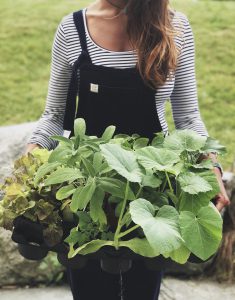An essay on hummus. How do you make better hummus than everyone else? Build flavour and complexity with layers. Think of it as unwrapping a pass-the-parcel present, getting better and more exciting each time you pass through another layer. This is how to extract the most amount of flavour from your ingredients, which will enhance, balance and add complexity.
- Roasting your chickpeas will transform them from pappy blobs of beige, to golden nuggets that taste nutty and buttery.
- Tahini will make your hummus silky smooth – “mouthfeel” affects taste!
- Toasting whole spices instead of using ground. Whilst toasting whole spices, fragrant oils are released which amp up their aroma tenfold.
- Fresh chopped herbs like coriander or parsley will add a contrasting brightness against the deep toasty-ness of the spices.
- Use preserved lemons instead of fresh lemons for a mellower, more complex acidity. Think of preserved lemons as older, wiser and fuller in flavour. They’ll bring a certain umami factor to your hummus that you’ll definitely notice.
- Roasting garlic will mellow its astringency, adding sweetness which will balance the bitter acidity of the lemon.
- Season with a salt that isn’t table salt! Table salt is likely to be iodized which will give your food a chemical aftertaste. Maldon sea salt is the undisputed winner for me.
- Finish with good quality extra virgin olive oil which will add peppery spice and olive-like fruitiness. Olives are also the taste of the Mediterranean which is exactly what you want your hummus to remind you of!
So, to conclude the hummus essay: rinse as much flavour out of your individual ingredients as possible and consider how they compliment each other. Apply flavour layering to all your cooking and your food will taste vibrant and exciting!







 Follow me on Instagram for daily food tips, tricks and recipes
Follow me on Instagram for daily food tips, tricks and recipes